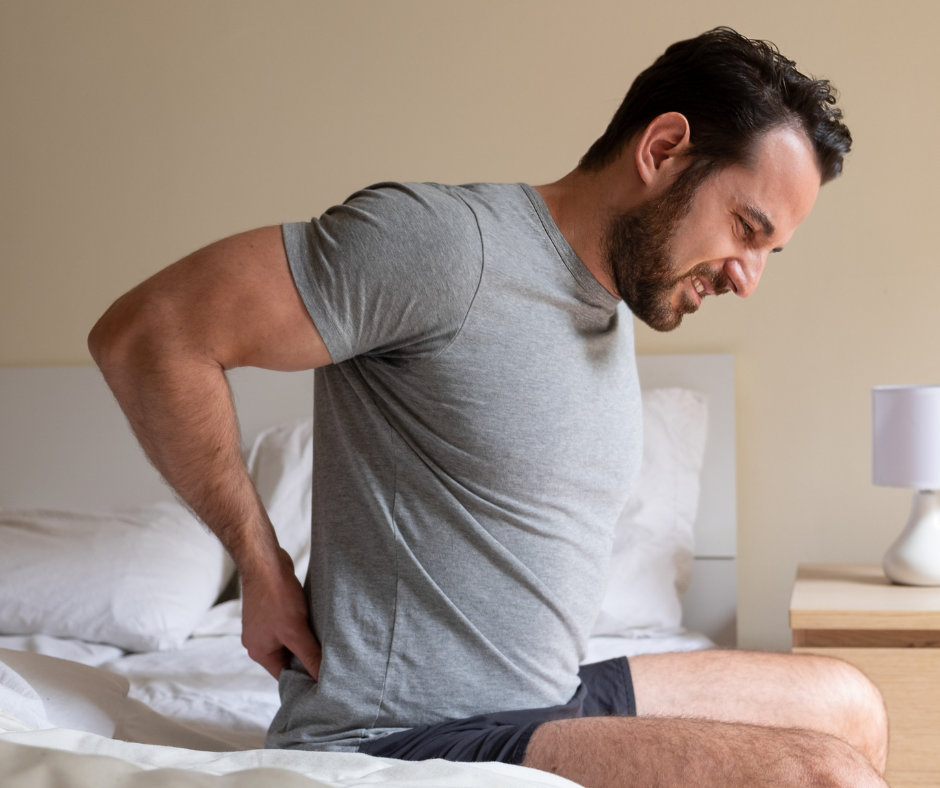SET Magazine
Articles on Electrotherapy
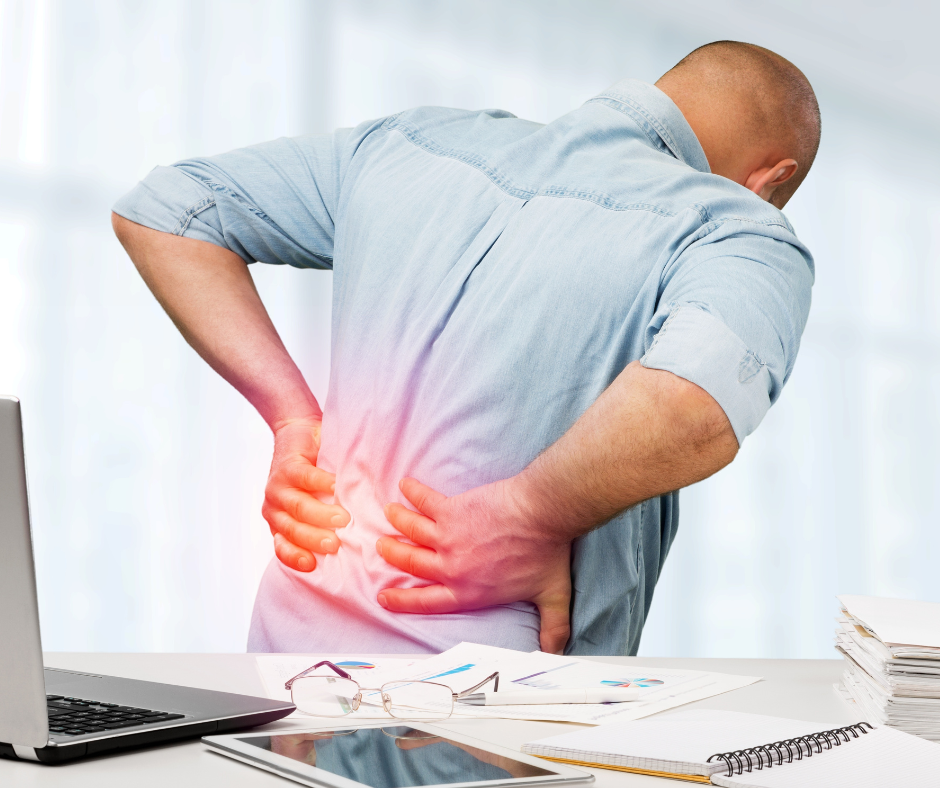
Presenteeism refers to a situation where an employee is present at work despite physical or mental health problems, resulting in reduced productivity and efficiency. Unlike absenteeism, where the repercussions are visible and quantifiable (lost work days), presenteeism is more insidious, as it involves an employee who is physically present but operating well below optimum capacity.
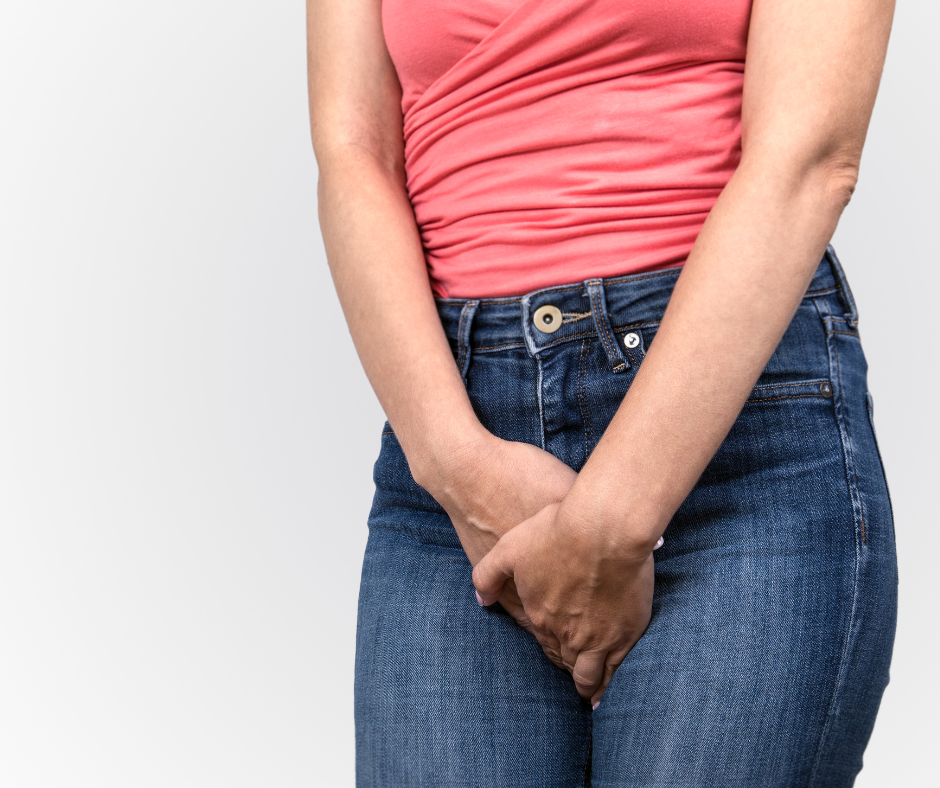
As an informed and active woman, you're aware that pregnancy and childbirth take a significant toll on your body, especially impacting your abdominal muscles and pelvic floor. After carefully following postnatal advice to gradually resume your activities, you started exercising again a few weeks after your baby's birth. However, you now find yourself dealing with urinary leaks during physical exertion, a frustrating and embarrassing issue that can disrupt your daily life.
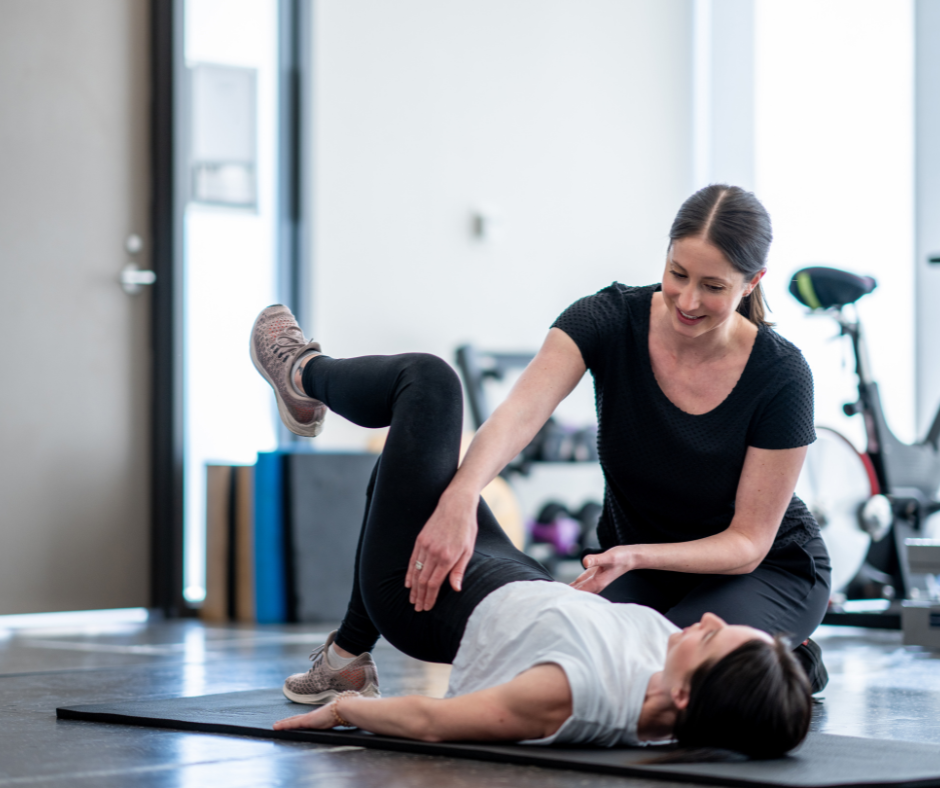
Patients seek pelvic-perineal rehabilitation for a variety of reasons. Commonly, these include discomfort due to pelvic organ prolapse (POP), stress urinary incontinence or urgency incontinence, lower back or sacroiliac pain, or simply to regain control of the pelvic floor and ensure a gradual return to sports activities postpartum.
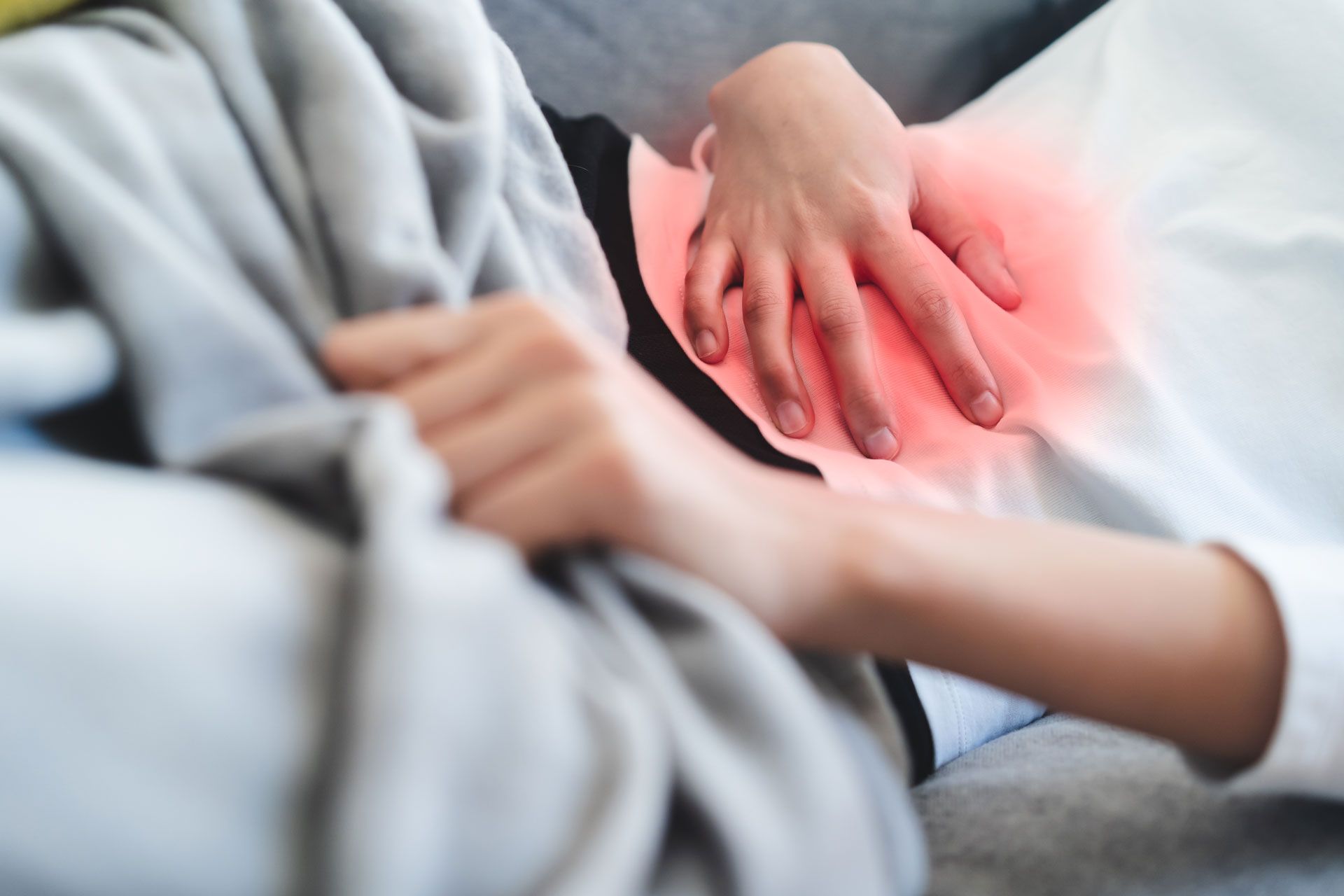
Pelvic pain affects more women than we might think. Its prevalence varies according to different studies and is probably underestimated. It is often associated with negative cognitive, behavioral, sexual, and emotional consequences, in addition to being linked to physical symptoms such as urinary infections and/or sexual, intestinal, pelvic floor, or gynecological dysfunctions.





